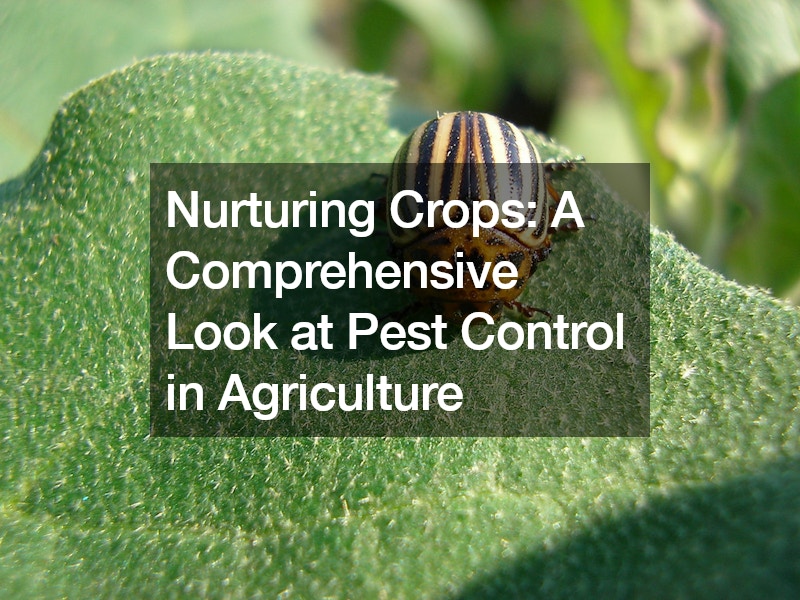In the intricate tapestry of agriculture, the battle against pests is a continuous challenge that farmers worldwide grapple with to safeguard their crops and ensure optimal yields. Pests, defined as organisms that pose a threat by consuming or damaging cultivated plants, can wreak havoc on fields if left unchecked. In this article, we explore the multifaceted world of pest control, examining the methods employed, their implications, and the evolving strategies to strike a balance between productivity and environmental sustainability.
Understanding the Menace:
Pests come in various forms, from insects like aphids to fungi and weeds, each capable of jeopardizing crop health.
The consequences of unchecked pest infestations can be devastating, leading to reduced crop yields, economic losses for farmers, and even food shortages. To counteract these threats, the agricultural sector employs pest control strategies aimed at mitigating the impact of these unwanted visitors.
Chemical Control – Pesticides:
One of the most traditional methods of pest control involves the use of pesticides. These chemical formulations, such as insecticides, fungicides, and herbicides, target specific types of pests, offering an efficient means of protection. However, the indiscriminate use of pesticides raises concerns about environmental impact and unintended consequences. The infamous case of DDT serves as a stark reminder of how certain pesticides can accumulate in the ecosystem, leading to severe consequences for non-target species.
Pesticide Resistance:
The overreliance on pesticides has given rise to a pressing issue – pesticide resistance. Through the process of evolution and natural selection, some pests develop resistance to commonly used chemicals. This resilience undermines the efficacy of pesticides, rendering them less potent over time. It emphasizes the need for a strategic and diversified approach to pest management.
Biological Control – Striking a Balance:
Recognizing the limitations and environmental concerns associated with chemical control, agricultural practices increasingly embrace biological control mechanisms. This method involves introducing natural predators or parasites to control pest populations. For instance, ladybirds are deployed to combat aphids, creating a balanced ecosystem that minimizes the need for chemical interventions.
Unintended Consequences of Biological Control:
While biological control can be an eco-friendly alternative, it is not without its challenges. The introduction of non-native species to control pests can lead to unintended consequences. The case of the Hawaiian cane toad in Australia illustrates how a well-intentioned biological control effort can result in the emergence of a new pest, causing harm to the ecosystem.
Integrated Pest Management (IPM): In response to the shortcomings of singular approaches, Integrated Pest Management (IPM) has emerged as a holistic strategy. IPM integrates various pest control methods, emphasizing preventive measures, biological controls, and judicious use of chemicals when necessary. This comprehensive approach seeks to minimize environmental impact while maintaining effective pest control.
Sustainable Agriculture for the Future:
As agriculture navigates the path towards sustainability, the role of pest control becomes pivotal. Striking the right balance between chemical and biological control, adopting precision farming techniques, and investing in research for innovative solutions are essential steps. Sustainable agriculture not only ensures food security but also preserves the health of ecosystems for generations to come.
Conclusion:
Pest control in agriculture is a dynamic and evolving field, demanding thoughtful consideration of the methods employed. From the historical reliance on pesticides to the growing emphasis on biological control and integrated pest management, the agricultural landscape is adapting to meet the challenges of a changing world. As we cultivate our fields, a harmonious coexistence with nature through effective pest control practices becomes imperative for the prosperity of both farmers and the planet.
.


